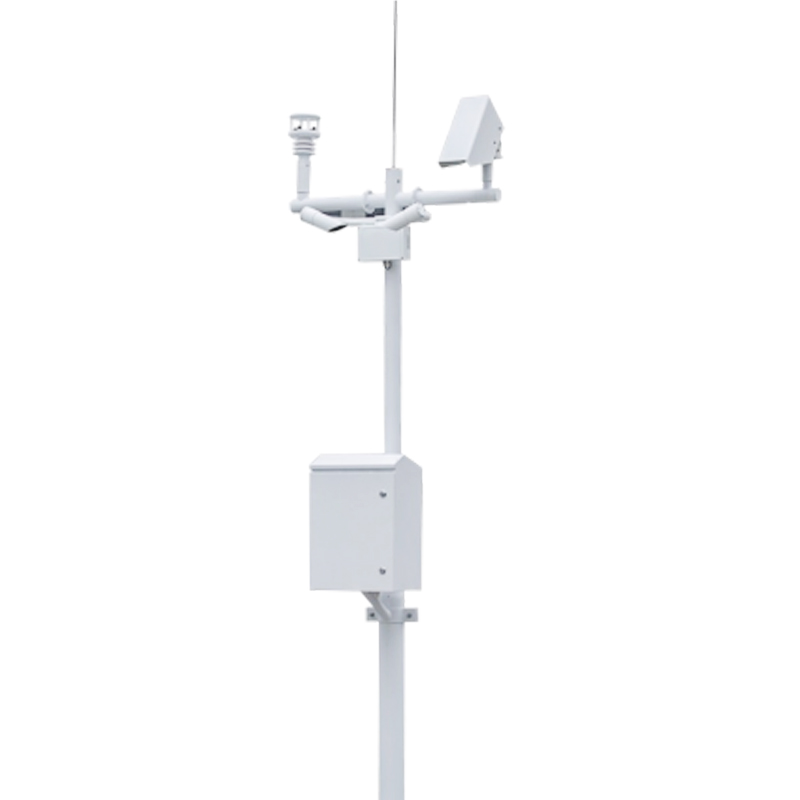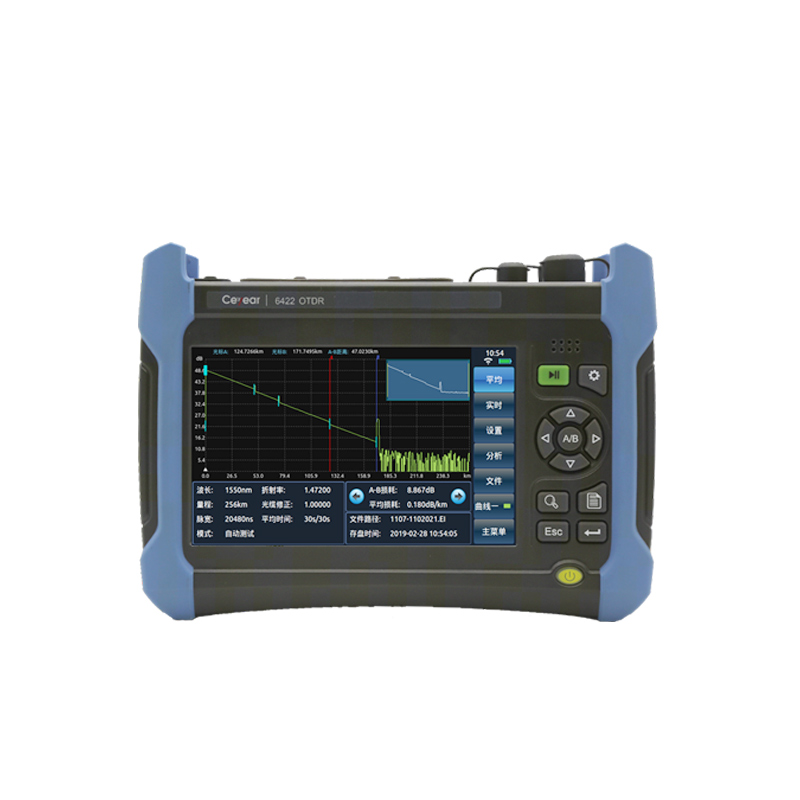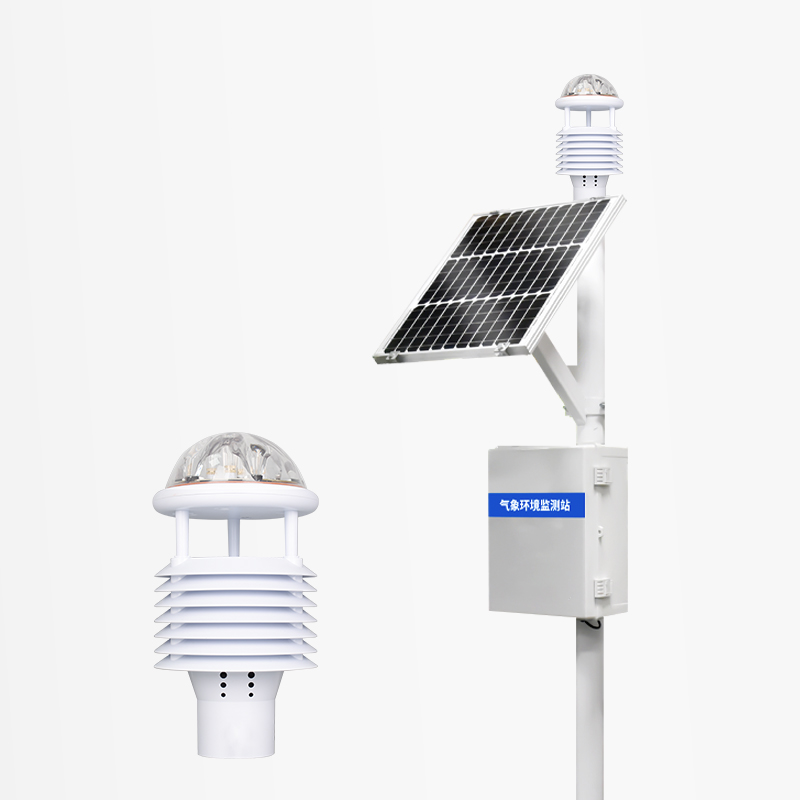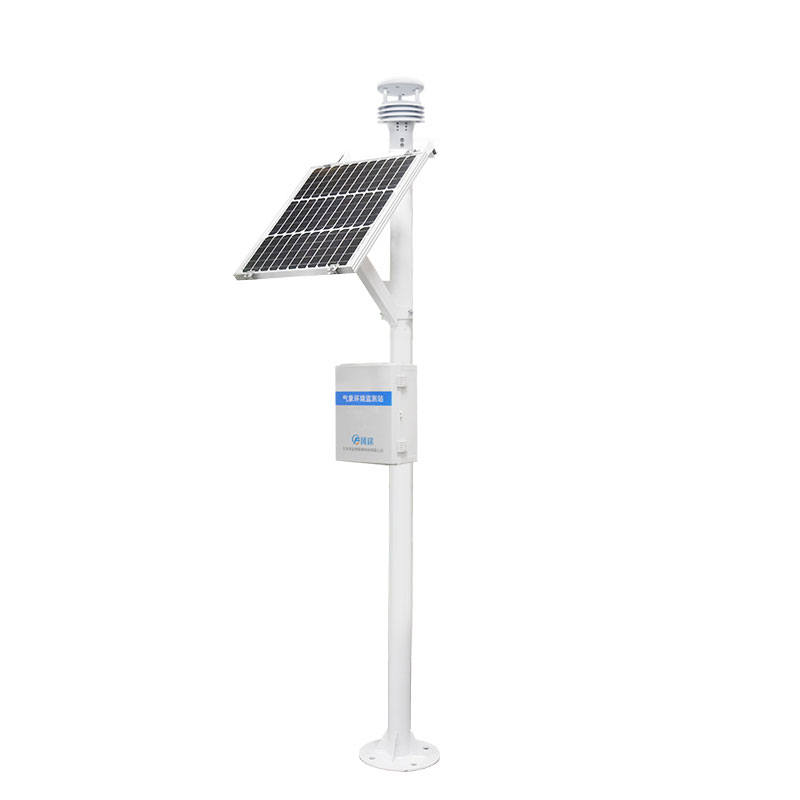Product
Recommended article
- How Forestry Weather Stations Bolster Forest Fire Prevention Efforts
- Discover the Power of Negative Oxygen Ion Monitoring System for Cleaner Air
- Comparative Analysis of Ultrasonic and Automatic Weather Stations in Meteorological Monitoring
- Breaking Through the ‘Last Meter’ with Online Dust Monitoring System
- Mastering Road Conditions with Road Weather Station
- Inhalable Dust Continuous Tester: A Portable Solution for Dust Concentration Monitoring
Contact us
Shandong Fengtu IOT Technology Co., Ltd
Sales Manager:Ms. Emily Wang
Cel,Whatsapp,Wechat:+86 15898932201
Email:info@fengtutec.com
Add:No. 155 Optoelectronic Industry Accelerator, Gaoxin District, Weifang, Shandong, China
Automated systems for meteorological stations
Article source:Weather station time:2024-04-18 09:15:51 viewed:27times
As key facilities for modern meteorological monitoring, meteorological stations make use of automated technology for data collection and transmission, providing a wealth of meteorological data for a number of fields. These data are vital for meteorological research, agricultural production, aviation safety, environmental science research and energy development, and they provide the basic support and decision-making basis for research and practical applications in these fields.
Automated systems at weather stations are capable of continuously monitoring and recording key meteorological parameters such as temperature, humidity, barometric pressure, wind speed, wind direction, precipitation and so on. These real-time data are invaluable for predicting weather changes, conducting climate analyses, guiding agricultural production, planning aviation flight paths, assessing environmental impacts and optimising the allocation of energy resources. Through these data, scientists and decision makers are able to better understand weather and climate patterns, take appropriate measures to cope with extreme weather events, improve the efficiency of agricultural production, ensure the safety of aviation flights, protect the quality of the environment, and promote the development of sustainable energy.
An automatic weather station is an advanced weather monitoring system constructed using IoT technology, consisting of two major modules: hardware facilities and software applications. The system mainly includes components such as a variety of meteorological sensors, support structures (e.g., risers), control cabinets with waterproof functions, stable power supply systems, and cloud-based data processing platforms. The meteorological sensors are responsible for real-time collection of various meteorological data, such as temperature, humidity, wind speed, wind direction, etc., and transmit these data to the waterproof control cabinet, which is then uploaded to the cloud platform.
Users can access the cloud platform through mobile application (mobile APP), computer software or web interface to monitor and view the weather information in real time. In addition, the data from the IoT weather station can be connected to terminal devices such as visualisation screens and LED displays, enabling users to remotely grasp the dynamics of agro-meteorological conditions in real time, with every minute update accessible in a timely manner. This highly integrated and interconnected system greatly improves the efficiency of meteorological data acquisition and ease of use, providing strong technical support in areas such as agricultural production, environmental protection and weather forecasting.

This paper addresses:https://www.yf182.com/industry/338.html
Related products
Related article
-
Odor Online Monitoring - A Solution for Malodor Detection
2024-10-24 -
Negative Oxygen Ion Monitoring System: Nature's Gift in the Park
2024-10-08 -
Dust monitoring system installation specification
2024-06-11 -
Building a Meteorological Station: Steps and Considerations
2024-10-09 -
Forest weather stations to protect against hill fires
2024-04-08 -
"Highlights" of the integrated forest fire risk factor monitoring stations
2024-07-15 -
Fengtu's Photovoltaic Module Dust Monitoring System: Ensuring Solar Efficiency through Precision Technology
2024-10-28 -
What are forest fire risk factor collection stations for?
2024-07-17










